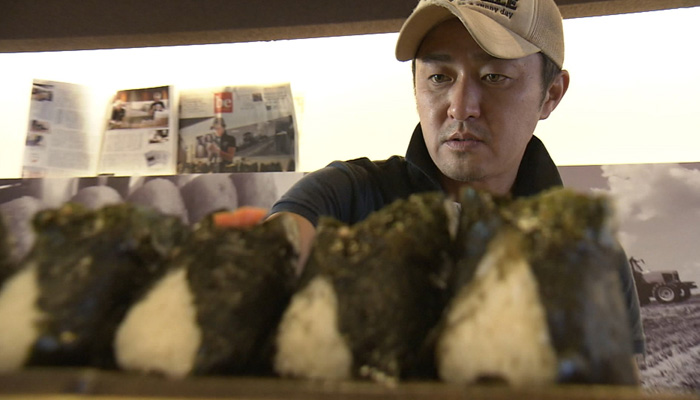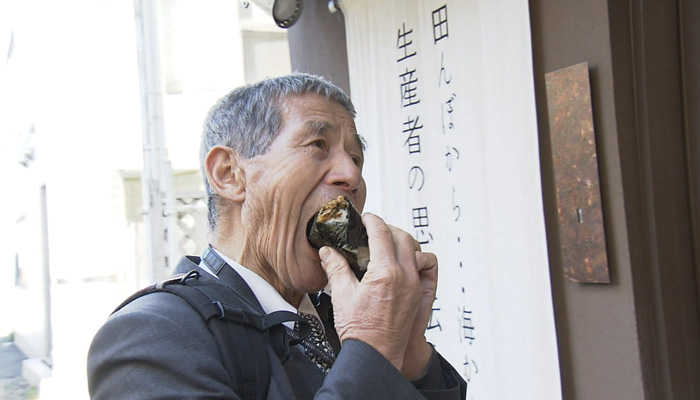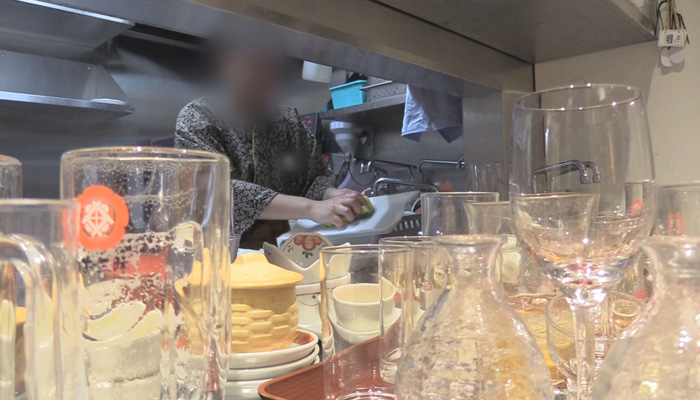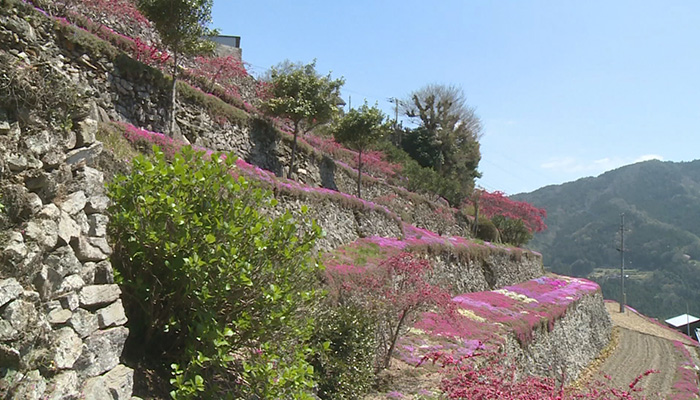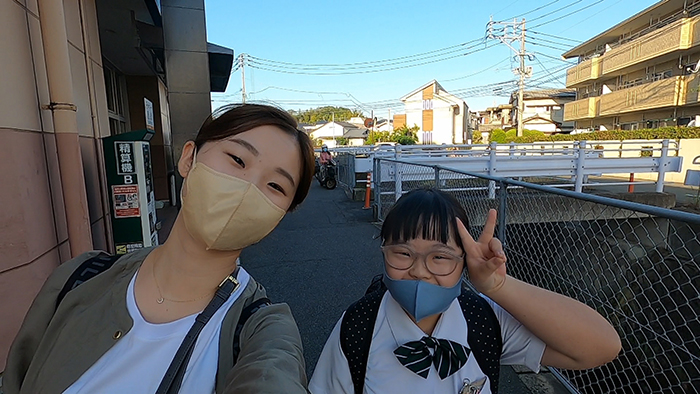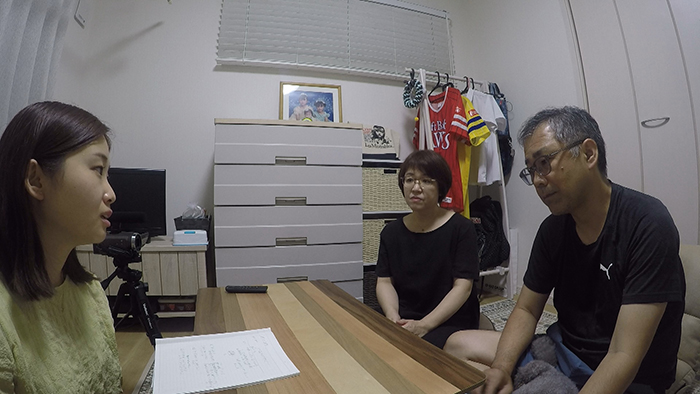- Home
- Program Catalog
- Documentary
- Life at Large
- Discovering Japan
Discovering Japan目撃!にっぽん
- 3 x 34 min. 1 x 30 min.
- JAMCO LIBRARY
- English, M/E, HD
©NHK (Japan Broadcasting Corporation)
1. Rice Ball Revolution – Farmers Pursuing New Roads / おにぎりで革命を!~減反廃止・コメ農家はいま~
Beginning in 1971, a Rice Acreage-Reduction Policy has been in effect in Japan for nearly 50 years. With the abolishment of this policy, farmers will be able to grow rice freely, but will lose subsidized funding that was provided by the government. As a result, many farmers are deeply concerned, not knowing where this development will lead. But among them, one farmer from Akita Prefecture is gathering attention: Takayuki Suzuki. Though not from a farming background, Suzuki has opened a chain of specialty shops selling rice balls made from rice he grew himself. Now, Suzuki is considered a prodigy in the rice industry y. A veteran farmer, Kenjiro Sato, assists him in his endeavor, placing his trust in Suzuki in order to protect the future of rice farming. As the times change, we explore the thoughts and struggles of these farmers as they work together to pioneer a way to live on rice.
2. High School Working Poor - Beginning a New Journey / 高校生ワーキングプア 旅立ちの春
Despite Japan’s image as a wealthy economic power, there are Japanese children who live in relative poverty. In particular, “High School Working Poor” who must work to support their families are on the rise. One high school girl works day in and day out for her family’s sake, giving up on going to college despite her high grades. Wishing to help her single mother raise her younger siblings, she’s instead decided to pursue vocational school to work as a flight attendant. Meanwhile, two brothers have worked part-time jobs to support each other after the death of their single father. The older brother works during the day and attends evening school in order to protect his younger brother. To return the favor, the younger brother works part-time after school. In spring, with gratitude towards each other in their hearts, the two brothers finally graduate high school and get real jobs, taking their next step together into society. We follow the journeys of these high school working poor as they strive to move forward in life.
3. Refining Traditional Wall-Building Skills / それでも石を積みつづける
Stone walls are part of the fabric of traditional Japanese scenery, especially
in mountainous Shikoku in western Japan. Walls delineate fields, protect homes and support a rural way
of life. But today, the expertise needed to maintain and repair them is in danger of dying out.
In college, Reo Kaneko, now 30, was charmed by the walls’ functionality and simple elegance. He took
on the challenge of learning traditional wall-building techniques and passing them on to the next
generation. Quitting his job and moving to Tokushima, he set about making his living solely by
repairing broken walls and teaching others how to do it.
However, the realities of marriage and a child are causing financial strain. He remains committed to
living and working in rural Shikoku, while his wife works for a construction company in Tokyo. Can he
find a way to build both walls and a family life?
4. Choices: Prenatal Testing and the Life of the Fetus / 妹が生まれなかったかもしれない世界 ~出生前診断と向き合って~ (30 min.)
Non-invasive prenatal testing(NIPT)has become widespread in Japan. About 90 percent of people who are diagnosed with a high risk of fetal disabilities like Down syndrome choose to end their pregnancy. I, the director of this program, have a younger sister, Sae, who has Down syndrome. When I asked my mother if she would have been tested, had NIPT been available, she responded, “Given my state of mind then, I would have, and if risk had been detected, Sae might not have been born.” I interviewed people who have faced these decisions. After a prenatal test that indicates abnormalities, some people chose to end the pregnancy and others gave birth. I discovered realities behind these decisions that I hadn’t imagined. What is needed in society today, and what can each of us contribute? This is a personal documentary centered on dialogue with those who grappled with these issues.

